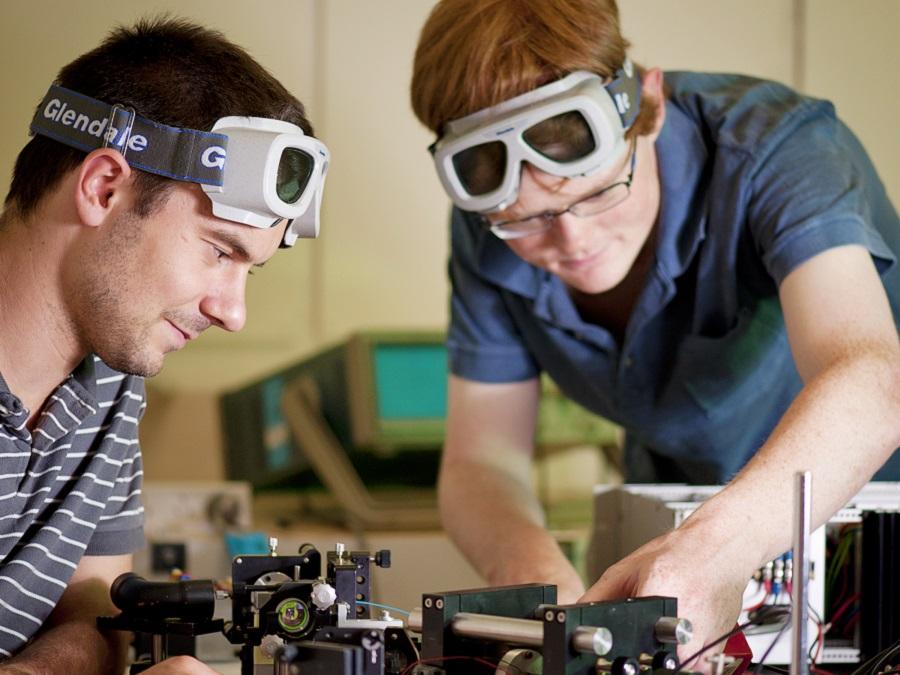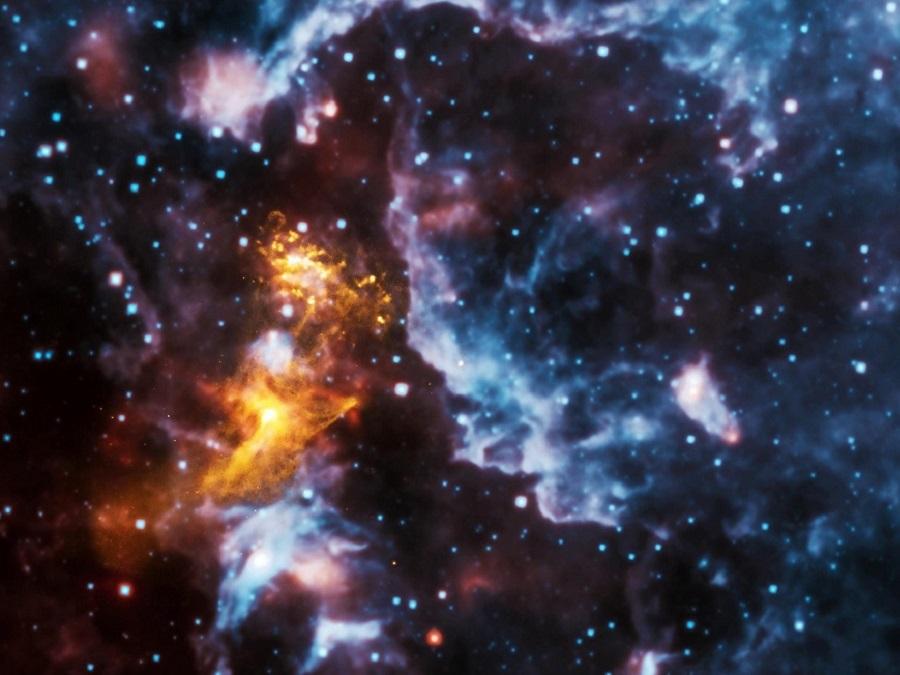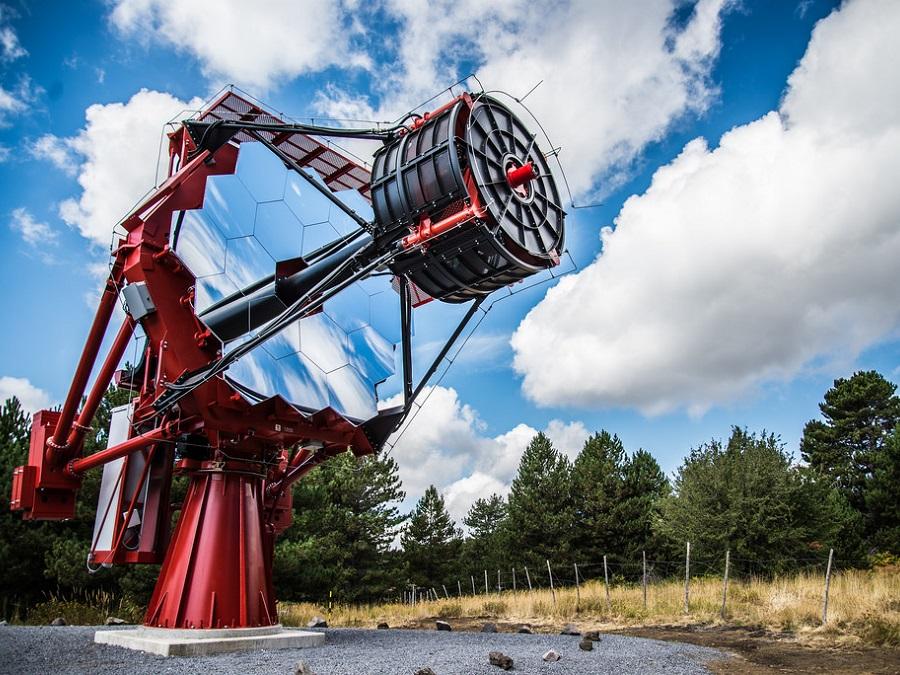Space Science & Astrophysics
ARC Centre of Excellence for Gravitational Wave Discovery

The Australian Research Council (ARC) announced in September 2016 a new $31.3 million ARC Centre of Excellence for Gravitational Wave Discovery, OzGrav, to be led by Swinburne University of Technology, in collaboration with the University of Adelaide, Monash University, Australian National University, the University of Melbourne, the University of Western Australia, CSIRO, the Australian Astronomical Observatory, and international partners.
The University of Adelaide will receive about $3.4 Million, with two of its chief investigators being IPAS members. Prof Peter Veitch and A/Prof David Ottaway are helping improve the sensitivity of detectors and develop new ways to interrogate the data and to use the information to understand the Universe and be able to provide rich insights into the birth, life and death of stars and galaxies.
Acceleration of petaelectronvolt protons in the galactic centre

Deep γ-ray observations with arcminute angular resolution of the region surrounding the Galactic Centre provide insight into the potential role of supermassive black hole Sagittarius A* in accelerating cosmic-rays.
Building the future of gamma-ray astronomy: the Cherenkov Telescope Array

TeV gamma-ray astronomy is recognised as one of the major emerging activities in astronomy world-wide. It probes extreme processes in the Universe such as exploding stars, black holes, and mysterious dark matter.
10 times more sensitive than the HESS, the CTA is a significant advance in very highenergy gamma-ray astronomy. Over 1000 scientists from 31 countries are involved and the first telescopes will soon be on site, at La Palma, Canary Islands, Spain in the Northern hemisphere and Paranal, Chile in the Southern hemisphere.
Led by IPAS member, A/Prof Gavin Rowell, this project receives funding from the Australian Research Council and the Department of Industry, Science and Resources to ensure future access for Australian scientists to the most advanced TeV gamma-ray astronomy facility ever built. It will solidify Australia’s commitment to this emerging field that will influence the operations of other areas of astronomy over the next decade.
CTA represents a new advancement in high energy astrophysics, and IPAS’ involvement in the telescope hardware and interaction with international PIs will allow Australian scientists and technicians to further their experience with the cutting edge of CTA’s many techniques (e.g. fast electronics, big data challenges, optics, atmospheric physics).
